KITGUM, Uganda -- When Sgt. Maj. Kellyjack Luman needed to inspect growing operations at this remote village in northern Uganda, he relied upon the CH-47 Chinook helicopters from the U.S. Army Reserve's 11th Aviation Command, a Fort Knox, Ky., - based unit supporting Natural Fire 10 this month in Uganda.
The flight was a first of many for the Chinook aviators, who will airlift supplies and troops around Uganda. Having the 11th Aviation Command at Natural Fire 10 is key, Luman said.
"It's a really long drive from our headquarters here in Entebbe to Kitgum - we're talking roughly an eight hour drive," Luman said. "We'll move more than 500 people both up there and back, plus supplies vital for life support during the exercise."
Operating in Africa is an extreme effort for a U.S. Army Reserve aviation unit to undertake, said Maj. Doyle Riley, Company D, 7th Battalion, 158th Aviation Regiment.
"From dismantling the aircraft in Kansas to transporting our helicopters and gear aboard a Russian aircraft to Africa, then rebuilding the Chinooks at Entebbe airfield and beginning operations a week ahead of schedule - those were monumental tasks we accomplished," Riley said.
In the cockpit, Riley and Chief Warrant Officer Ron Erkie piloted the mammoth two-rotor helicopter through the Ugandan skies. Nearby, Chief Warrant Officer Dwayne McQuade and Chief Warrant Officer Jim Hand flew their sister ship alongside, carrying a group of aviators who were learning the air routes north from Entebbe.
Luman and Col. Eric Nantz, U.S. Army Africa's operations officer, led a site survey team to Kitgum to check on construction of a camp that will house soldiers from Uganda, Burundi, Tanzania, Rwanda , Kenya and the United States during the exercise.
The team also inspected the forward area refueling point, known to aviators as a FARP, where they will land during operations to take on fuel.
Luman stated his firm belief that there is no difference between active and reserve component Soldiers. That said, Luman was impressed to see a stateside Reserve unit tackle the mission with such enthusiasm.
"Getting the aircraft here, ready to go early, assisted U.S. Army Africa staff greatly, allowing us to check out the areas where our Soldiers will live and work," Luman said. "Without the 11th Aviation, it would have taken two days out of our time to drive there and back."
Related Links:
U.S. and African military officers prepare for exercise Natural Fire 10
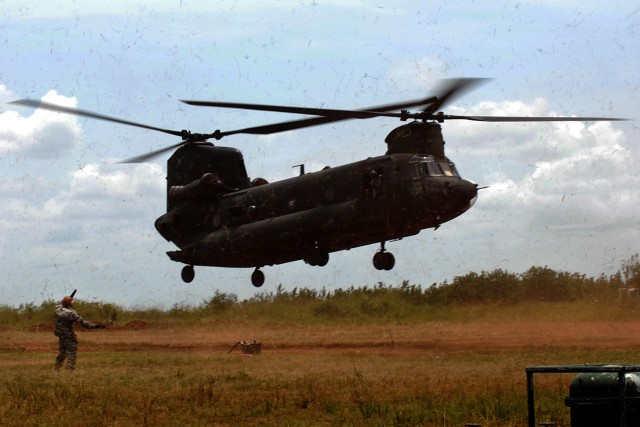

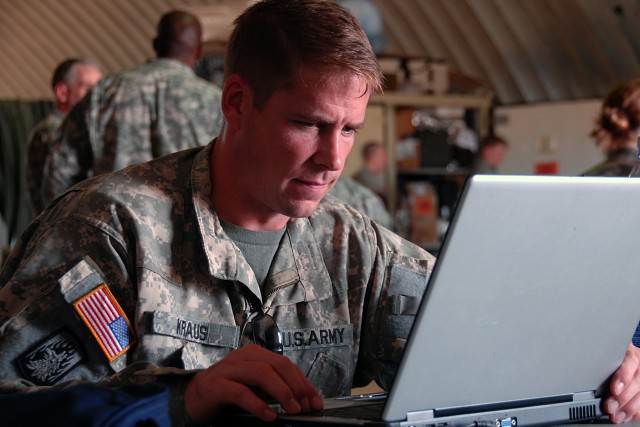
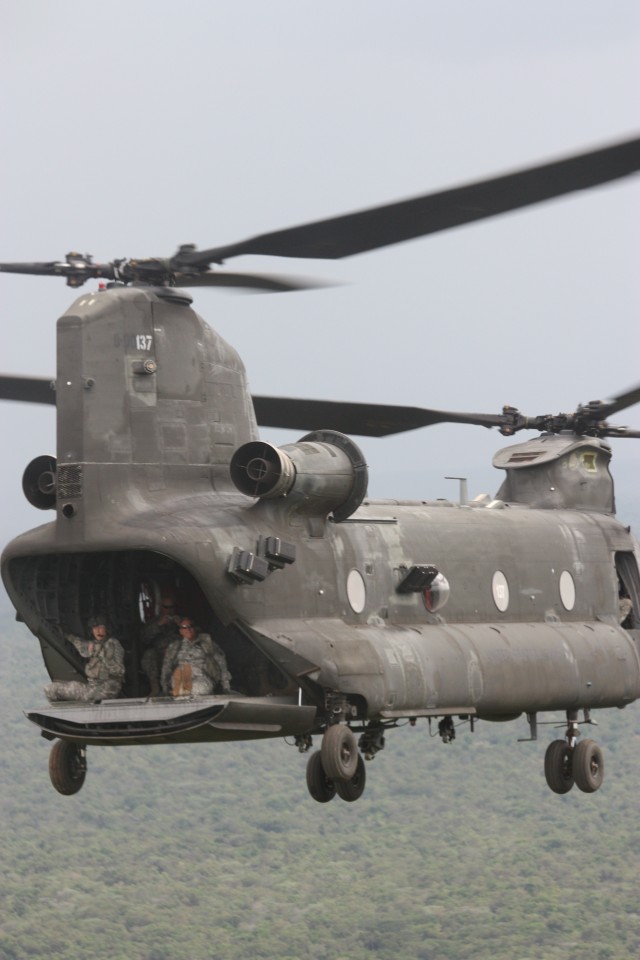
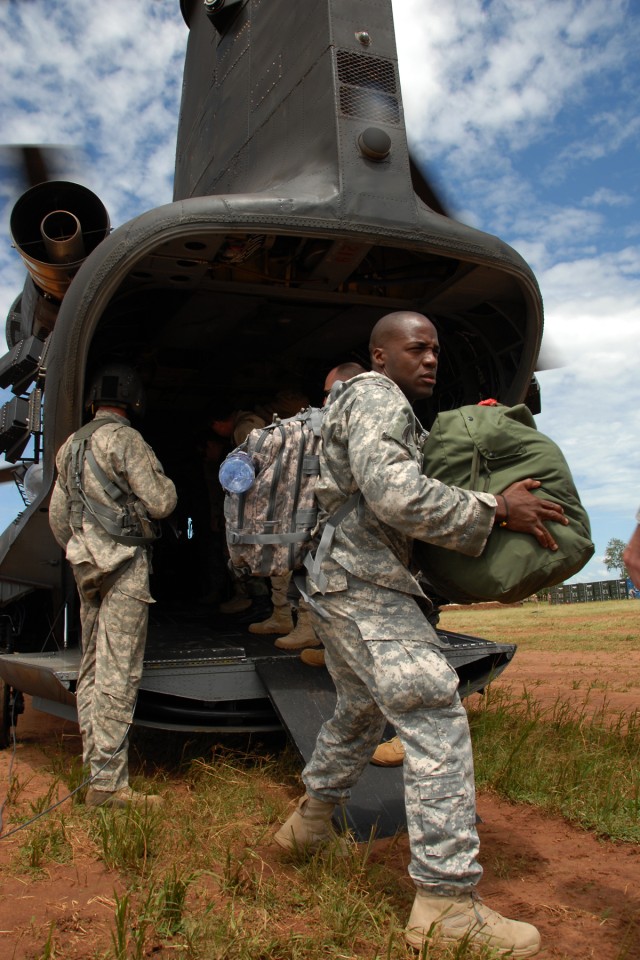
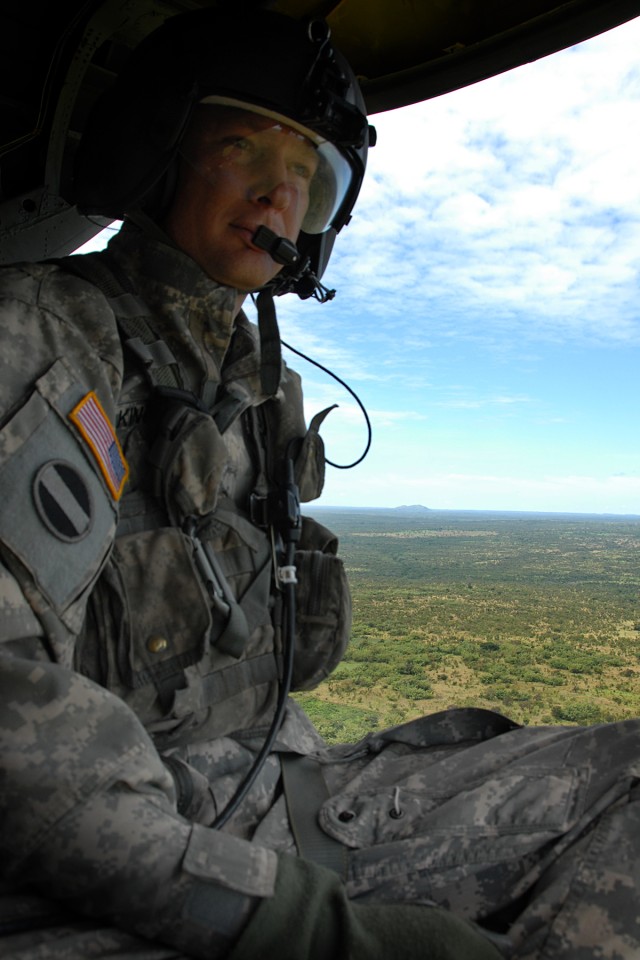






Social Sharing